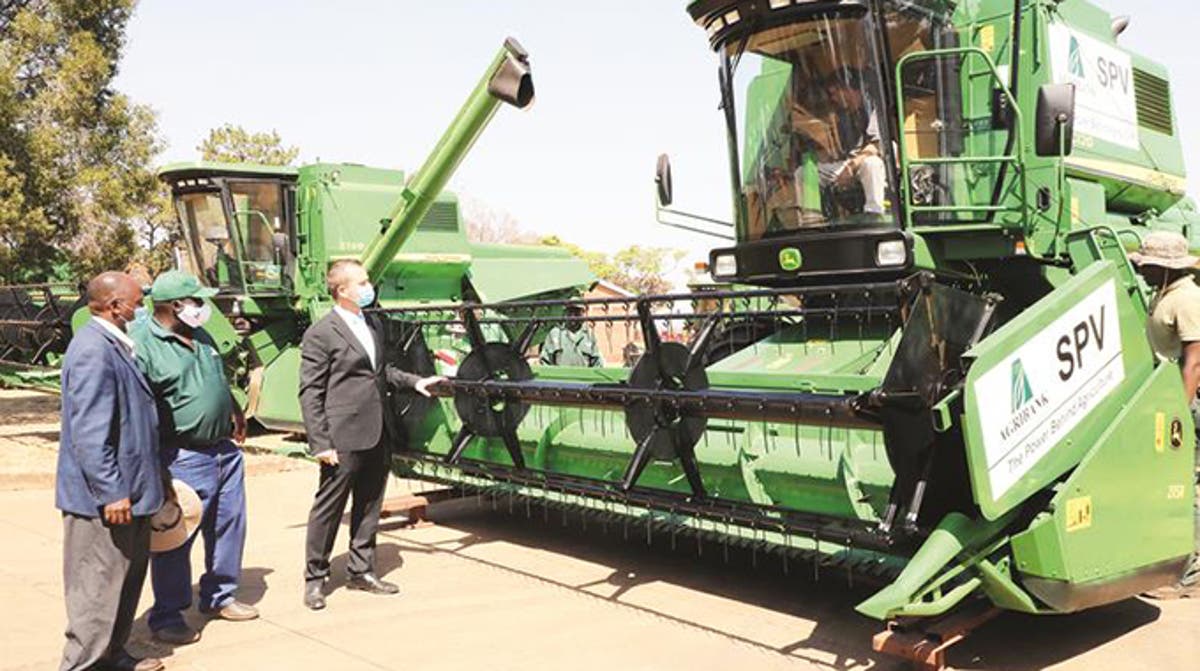Lack of ‘sufficient data’ hampers Command Agriculture evaluation: WB
THE World Bank has said “insufficient data” was available for the analysis into the estimated value of the Zimbabwe’s controversial Command Agriculture programme.
The Command Agriculture programme was first introduced in 2016 to combat drought by supplying irrigation and farming inputs to farmers to help them increase their crop output.
However, while the Command Agriculture programme achieved some targets, it has largely become a drain on the fiscus as government issued Treasury Bills to raise capital to fund the programme. As a result of this, the programme created billions of dollars in fresh debt raising public debt by more than US$10 billion.
“Since 2016, with the introduction of the Command Agriculture programme, spending soared, defying any global comparison. In 2017, spending on agriculture from Zimbabwe’s Consolidated Revenue Fund (CRF) accounted for 5,4% of GDP, 66,7% of agricultural GDP, and nearly a quarter of the budget,” reads part of the Public Expenditure Review (PER) with a focus on Agriculture, a recent joint report by the World Bank and government released recently.
“The net impact of Command Agriculture is difficult to estimate. Regarding the Special Maize Programme, its effectiveness depends on the impact it had on production…agricultural support, notably the Special Maize Programme, did support agricultural production – without such programmes, output and thus revenue would have declined and, given the stickiness of other expenditures, this could also have resulted in a budget deficit.
“Yet it is difficult to disentangle the impact of government support from the effects of the rebound from the drought. Insufficient data was available for the purposes of this analysis to estimate the value for money of the Command Agriculture programme, ie, estimating how much output was paid per unit spent under Command Agriculture.”
The joint report by the World Bank comes amid revelations by the Parliament’s Public Accounts Committee that Treasury did not provide proper documentation to show that the farming inputs under the Command Agriculture scheme were supplied.
In August 2019, the Public Accounts Committee found that Treasury failed to account for about US$1,03 billion it paid to Sakunda Holdings, a company owned by President Emmerson Mnangagwa’s close ally and adviser, Kudakwashe Tagwirei.
Sakunda Holdings, under the Command Agriculture programme, was mandated under unclear circumstances to facilitate the programme by structuring financing facilities to pay farming and irrigation input suppliers through the issuance of Treasury Bills.
According to the joint report, the fiscal cost of the Command Agricultural scheme has been considerable to the economy.
Findings from the World Bank were that the net cost of the Special Maize Programme taking into account recovery rates, albeit low, amounted to 1,7% of the gross domestic product (GDP) in 2016, 2,4% in 2017, and 1,3% in 2018.
During the highlighted period, the economy was valued at between US$15 billion and US$20 billion.
Further, the Grain Marketing Board (GMB) subsidies added another 0,5% 1,8%, and 0,8% respectively to GDP as government offered these subsidies to beneficiaries of the command agricultural programme.
“These estimates do not take into account crops under the command agriculture scheme other than maize, or other expenditures intended to boost agricultural production. A large part of this is due to price subsidies of the (GMB), and replenishment of the Strategic Grain Reserve, a government asset,” the report observed-thestandard.co.zw










